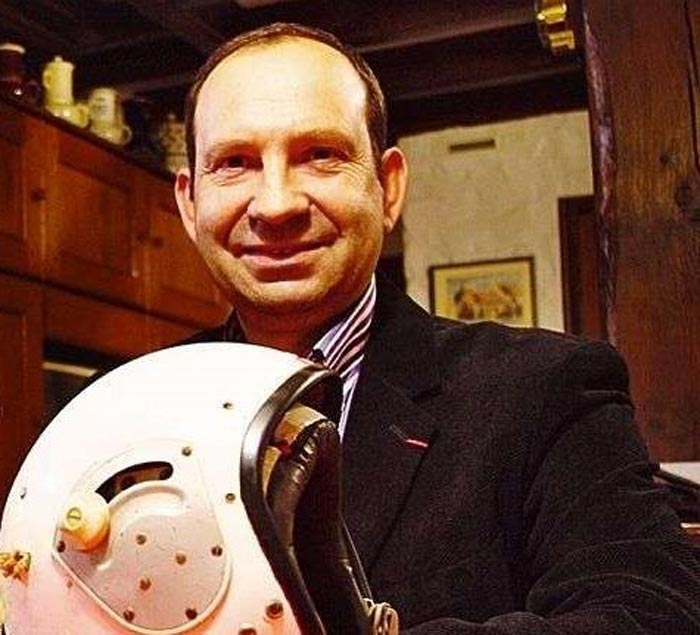Colonel Alain Mahagne
Which unit were you in when Operation Daguet launched?
I was posted at the 11th wing, at the 2/11 ‘Vosges’ squadron based at Toul Rosières. This squadron was equipped with single-seat Jaguars.
How long did it take to prepare for the war?
The deployment had been prepared since October 1990, it took two months to be completed.
Aircraft (Jaguar, Mirage 2000 RDI, Mirage F1 CR) and personnel gradually arrived at Al Ahsa (Saudi Arabia). I was deployed on 1 January 1991. When the Air operations started, 24 French Jaguars were on-site.
How many French airmen were there at Al Ahsa?
We were roughly 600 people there, renewed every two months.
Can you highlight a key event during your stay?
The strongest event of my military campaign is – and will always be – the first mission that was executed by French airmen over Kuwaiti territory. It took place on 17 January 1991. I was number 11 out of a 12-Jaguar-strong patrol. The target that had been assigned to us was Ahmed Al Jaber Airbase, where Saddam Hussein was stationing ‘Scud’ missile batteries and fighter jets. Chemical weapons were also stored there. Divided in two groups of six, we took off early in the morning to first join with three tankers at high altitude, near the Kuwaiti border.
After refuelling, we headed to our target, we were quickly caught under enemy fire. As we were approaching, the danger considerably intensified, bullets and missiles were now raining on us.
In extreme conditions, I managed to drop my four bombs on Iraqi tanks that were half-covered by sand. Soon after, I heard a terrible sound and I felt a terrible blow to my head. Simultaneously, I was violently pushed backwards. A bullet had pierced my canopy, I got blind for interminable seconds, which inevitably scared me. As our loyal Jaguars were flying out from hell, a warm sticky liquid poured down my neck, I was undoubtedly injured.
Alone, more and more severely affected by a terrible pain, and facing a navigation system failure, I saw one aircraft flying to me. I identified a Jaguar, then got confirmation this was my leader’s.
Instinctively, I kept position around him. He perfectly guided me back to Al-Ahsa Air base where, despite my unsustainable headache, I managed to land my plane. Once controlled, I shut down the engines and I fell unconscious.
My skull was fractured, and I finally had ten stitches. I was the first French military personnel to be wounded in the first Gulf War.
Do you remember something special on arrival at Al-Ahsa?
What surprised me the most was the capability of my Air force to set up an 800-people capacity base far from home, and in such a short time. Nothing was missing there, and this was comforting.
Did the lessons you learned in this campaign help in your career?
Yes, my career turned to weaponry specialisation and aerial gunnery training, which were both extremely gratifying. Sharing experience with junior pilots, developing and enhancing armaments capacities filled my days till I retired.
What are your current activities?
I am retired, involved in many associations and I spend a lot of time playing ‘Golf’.

